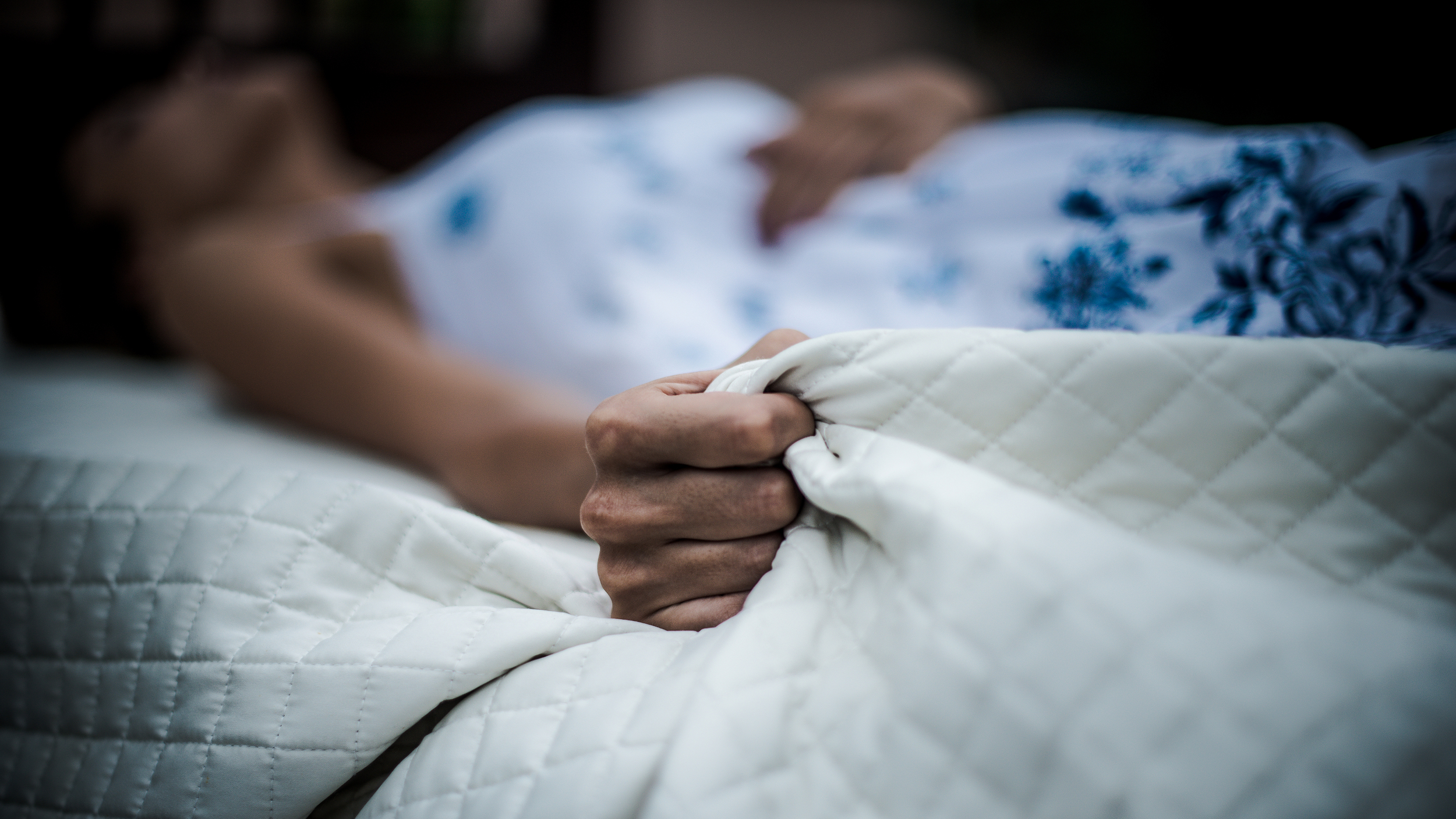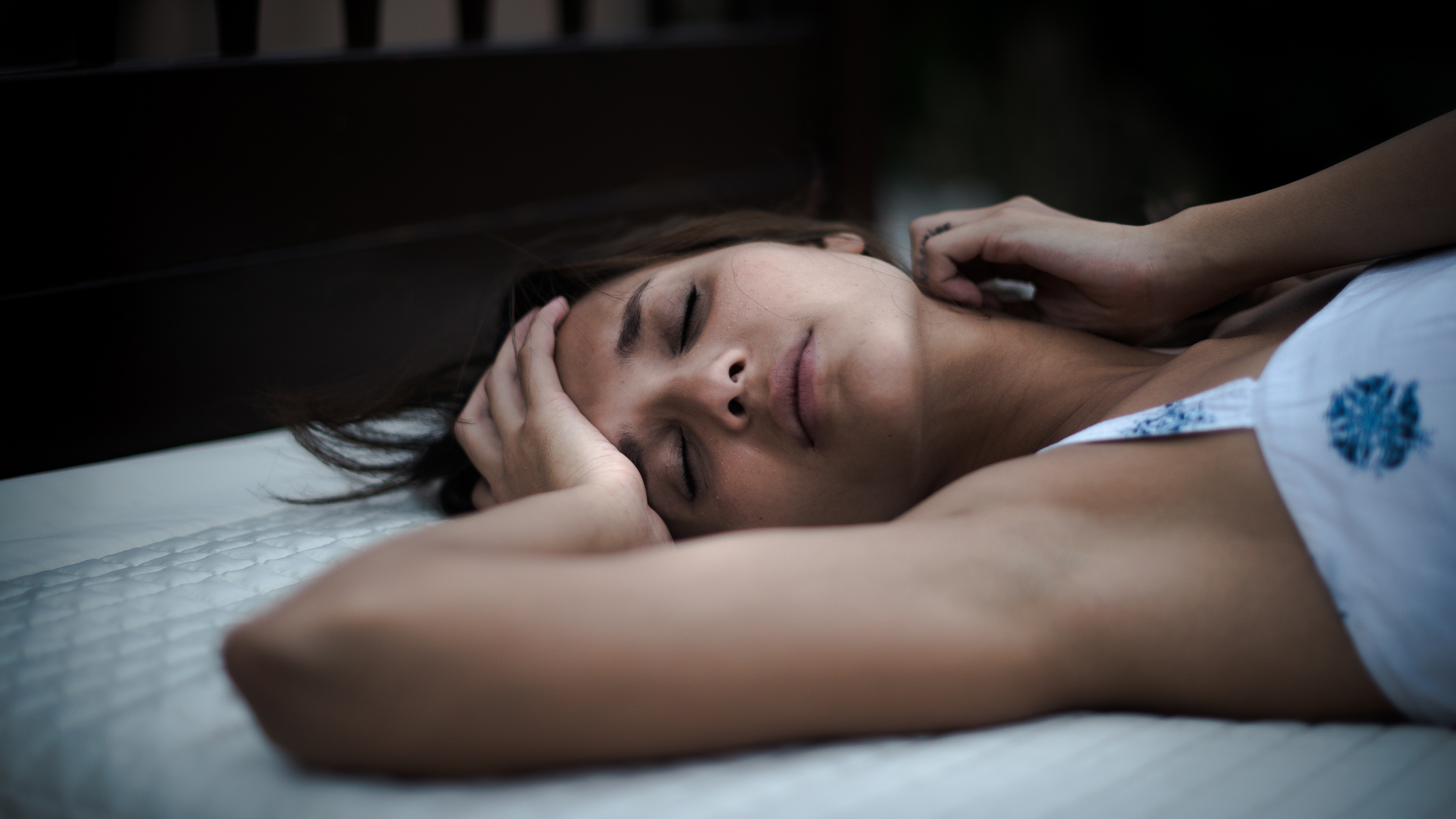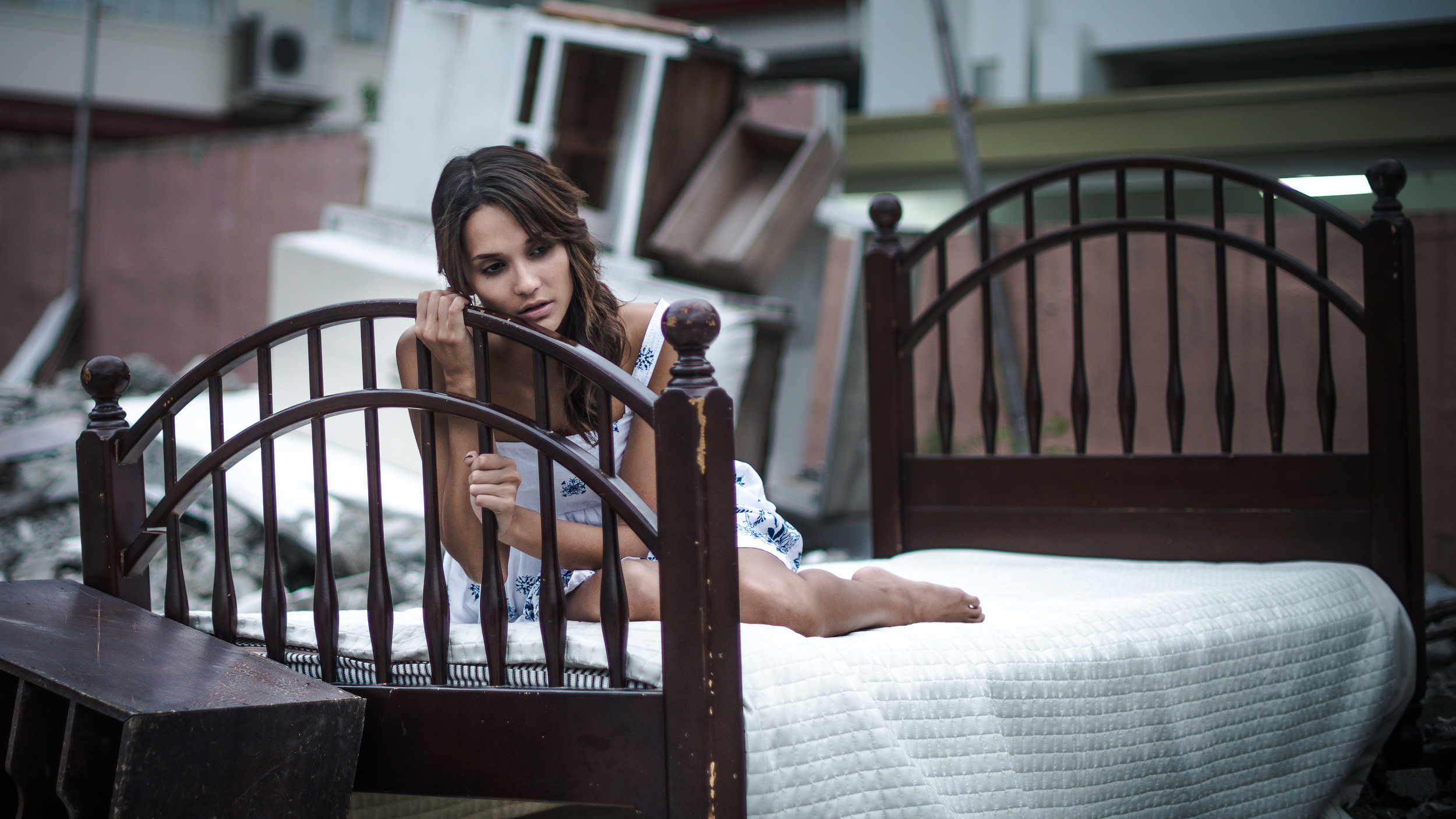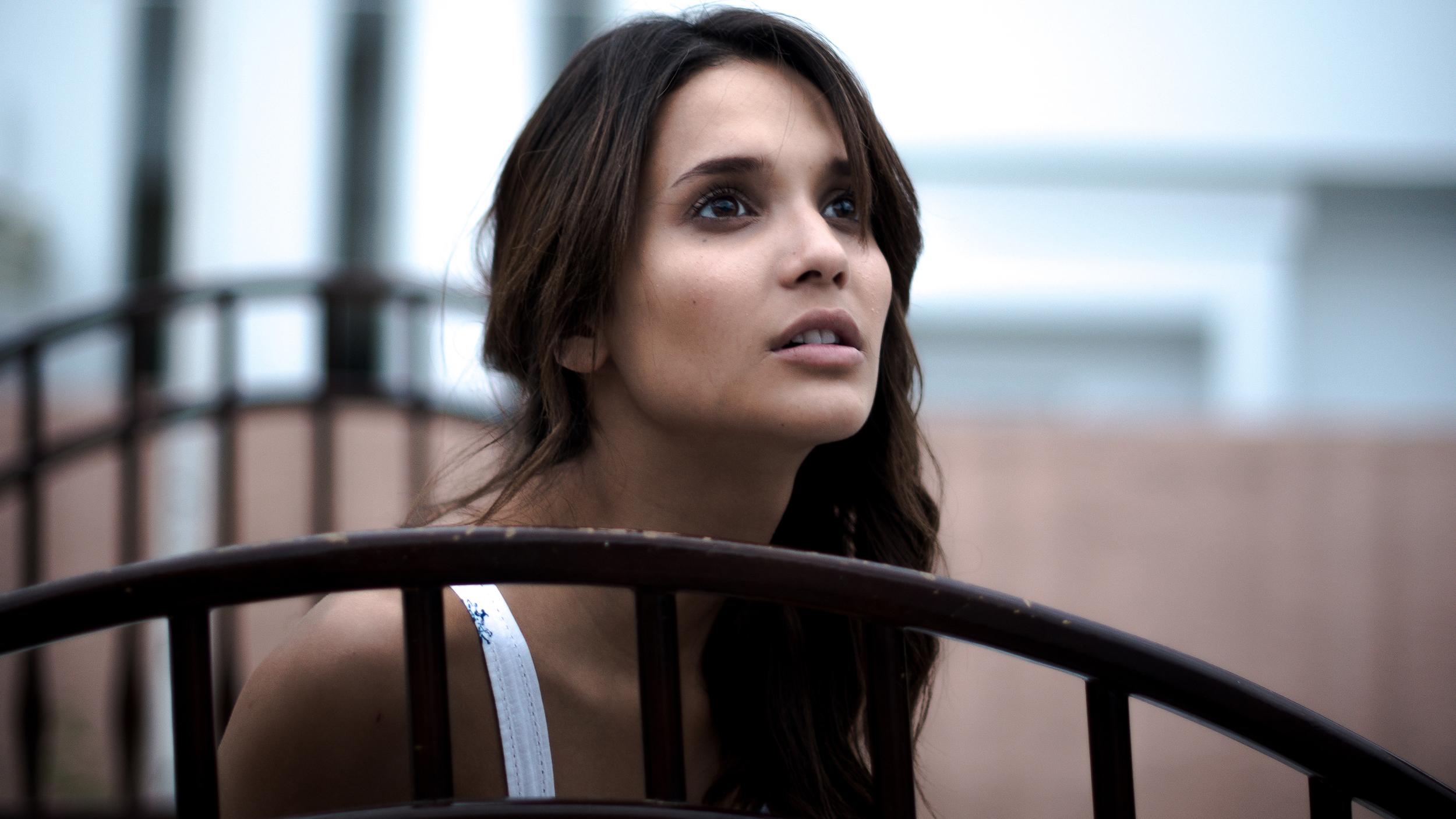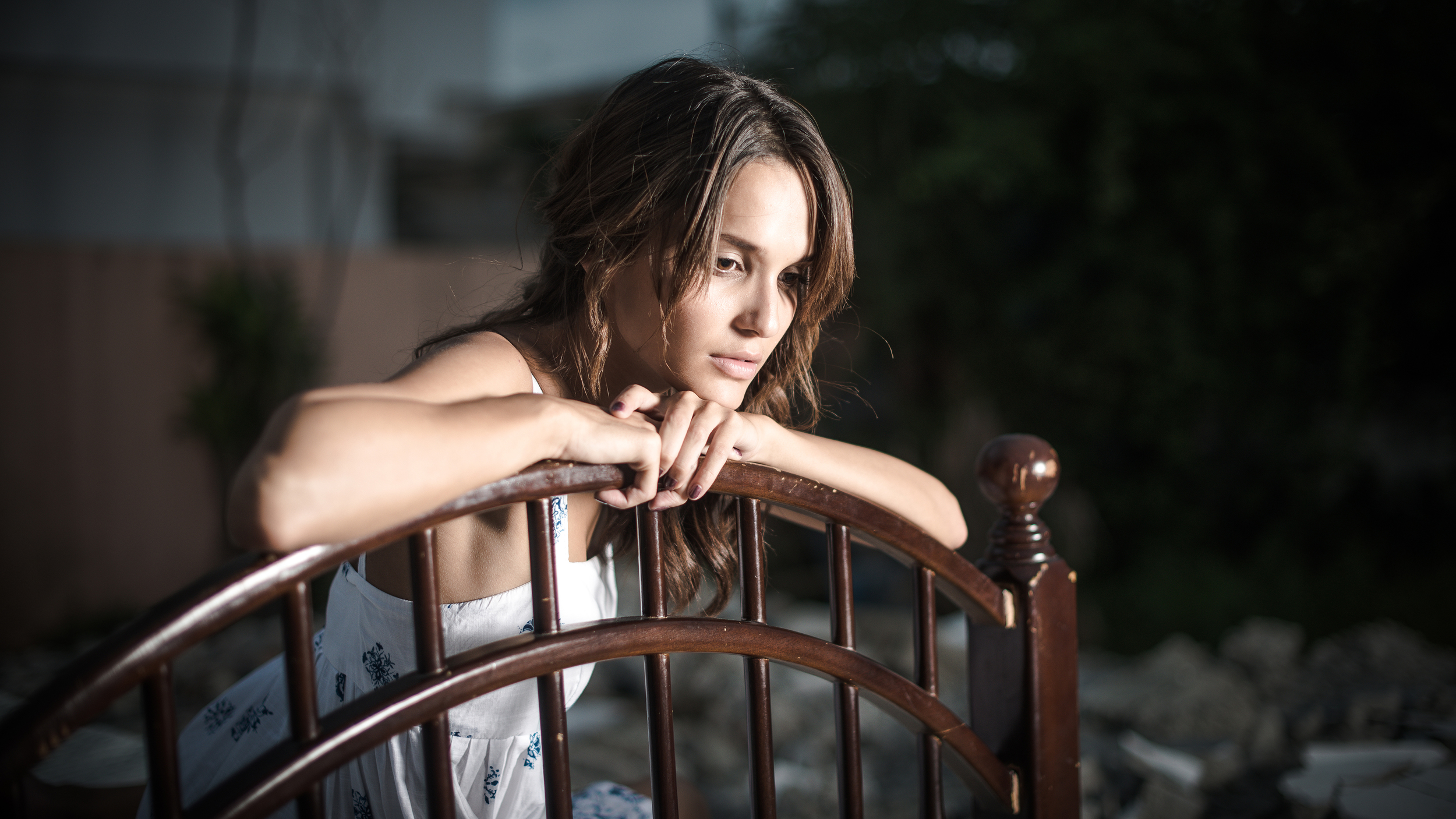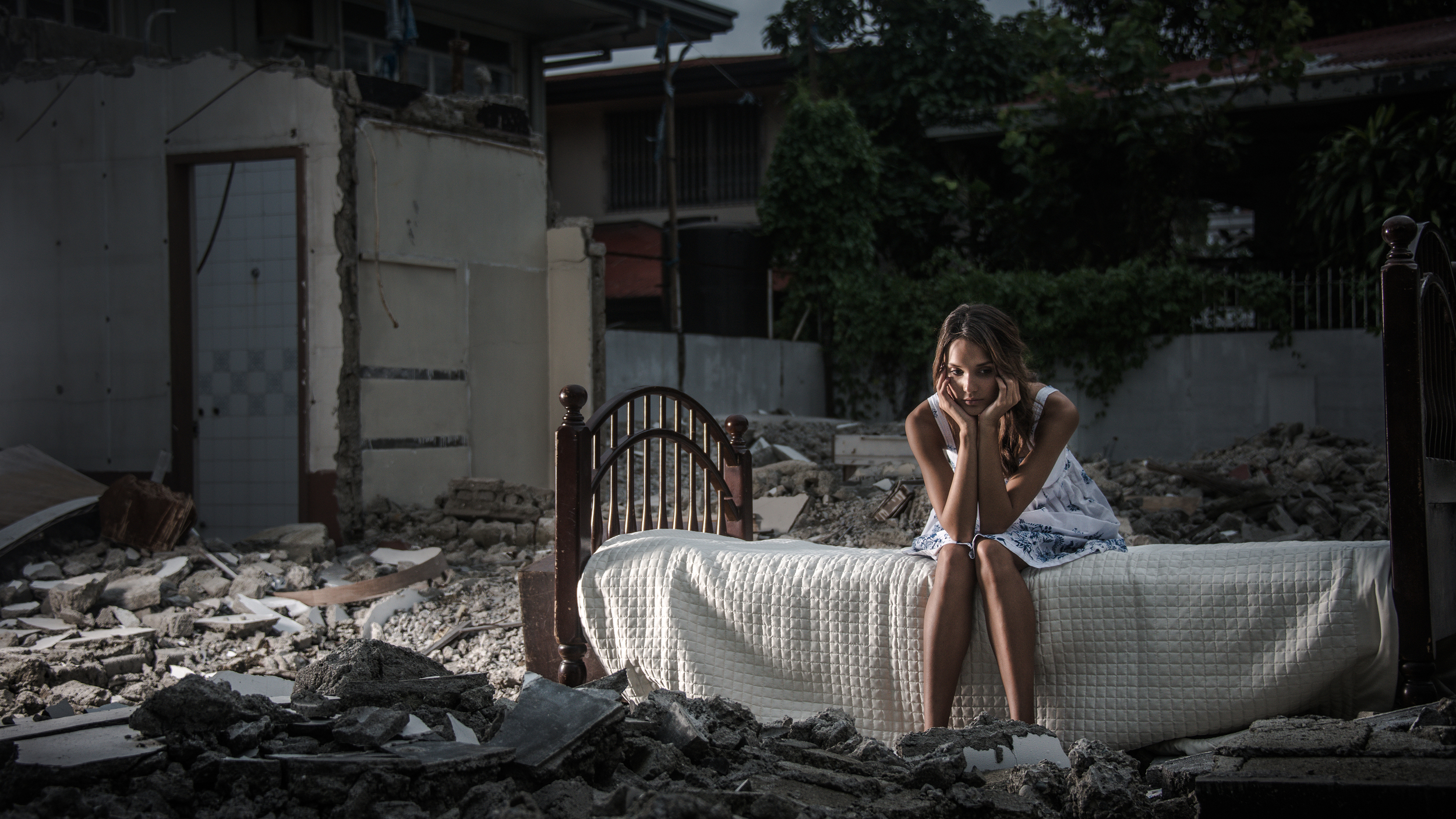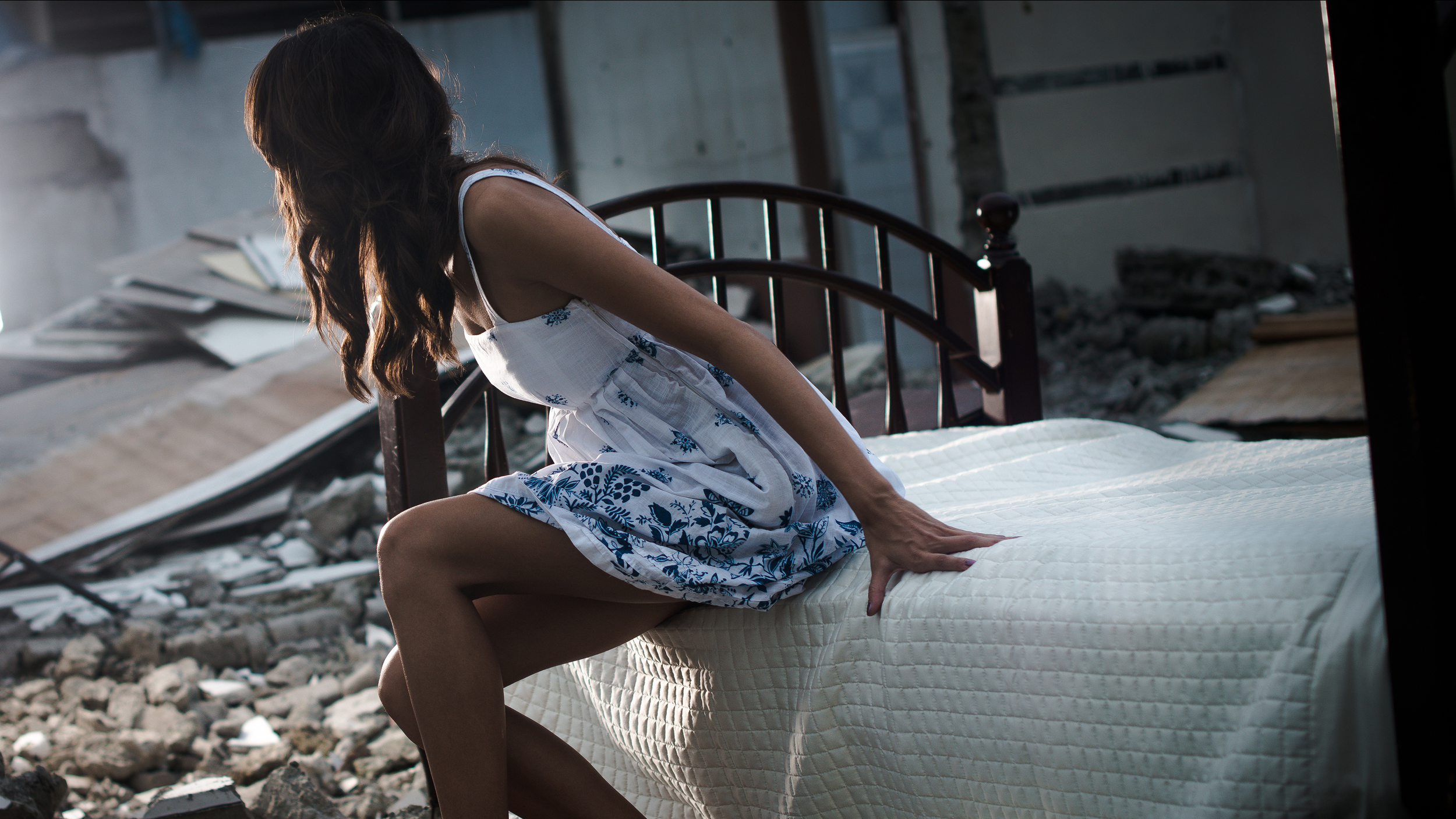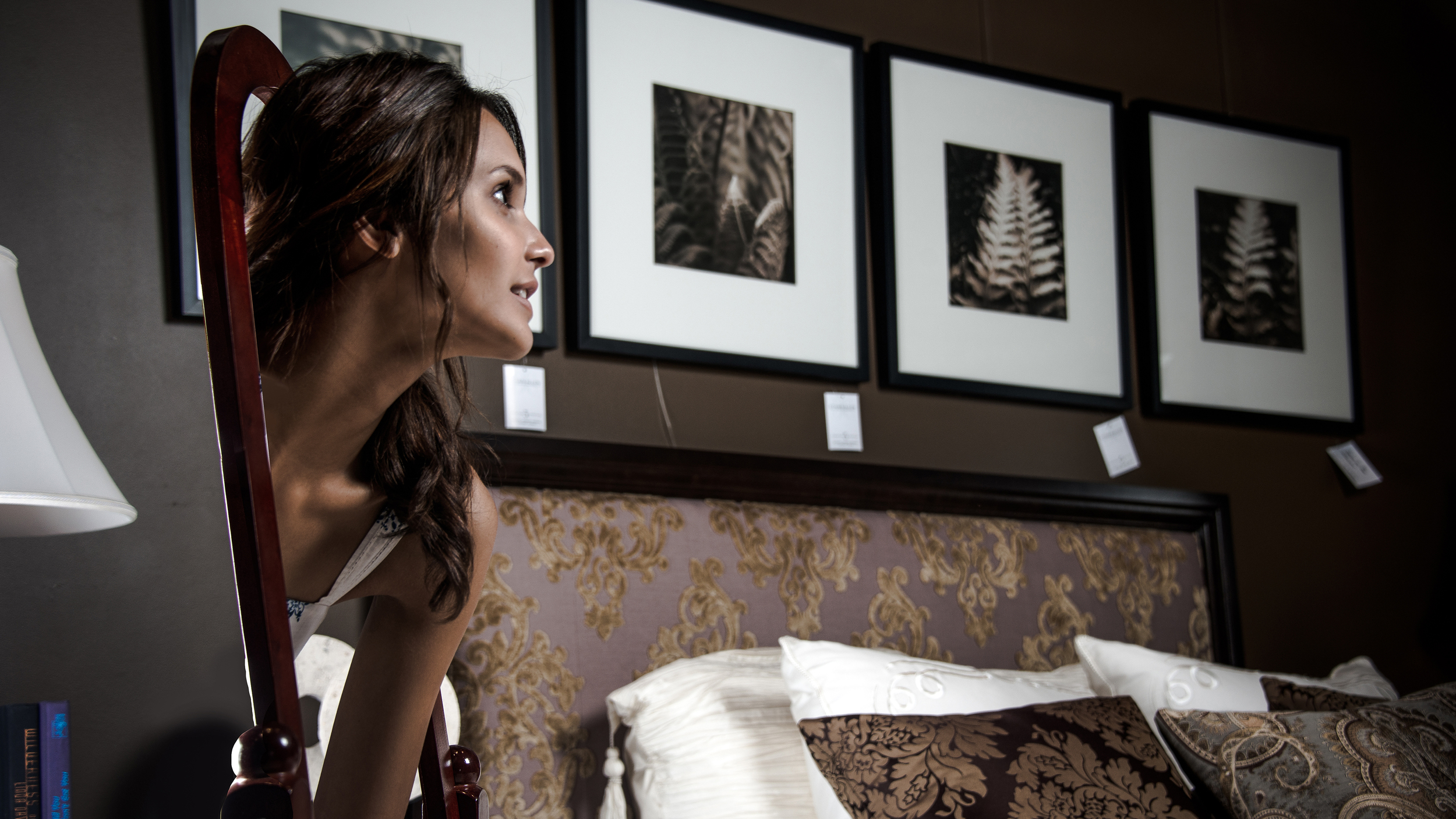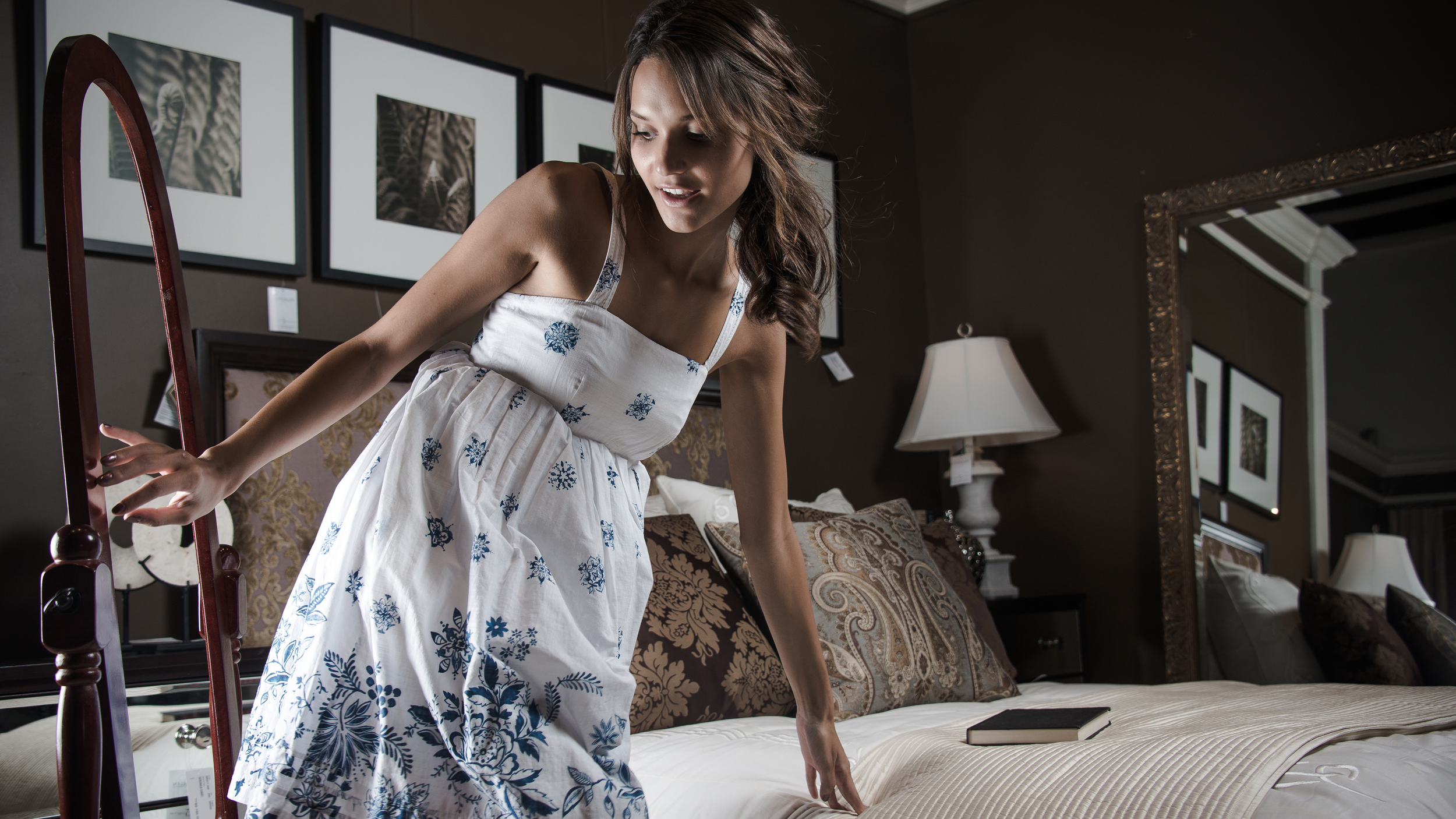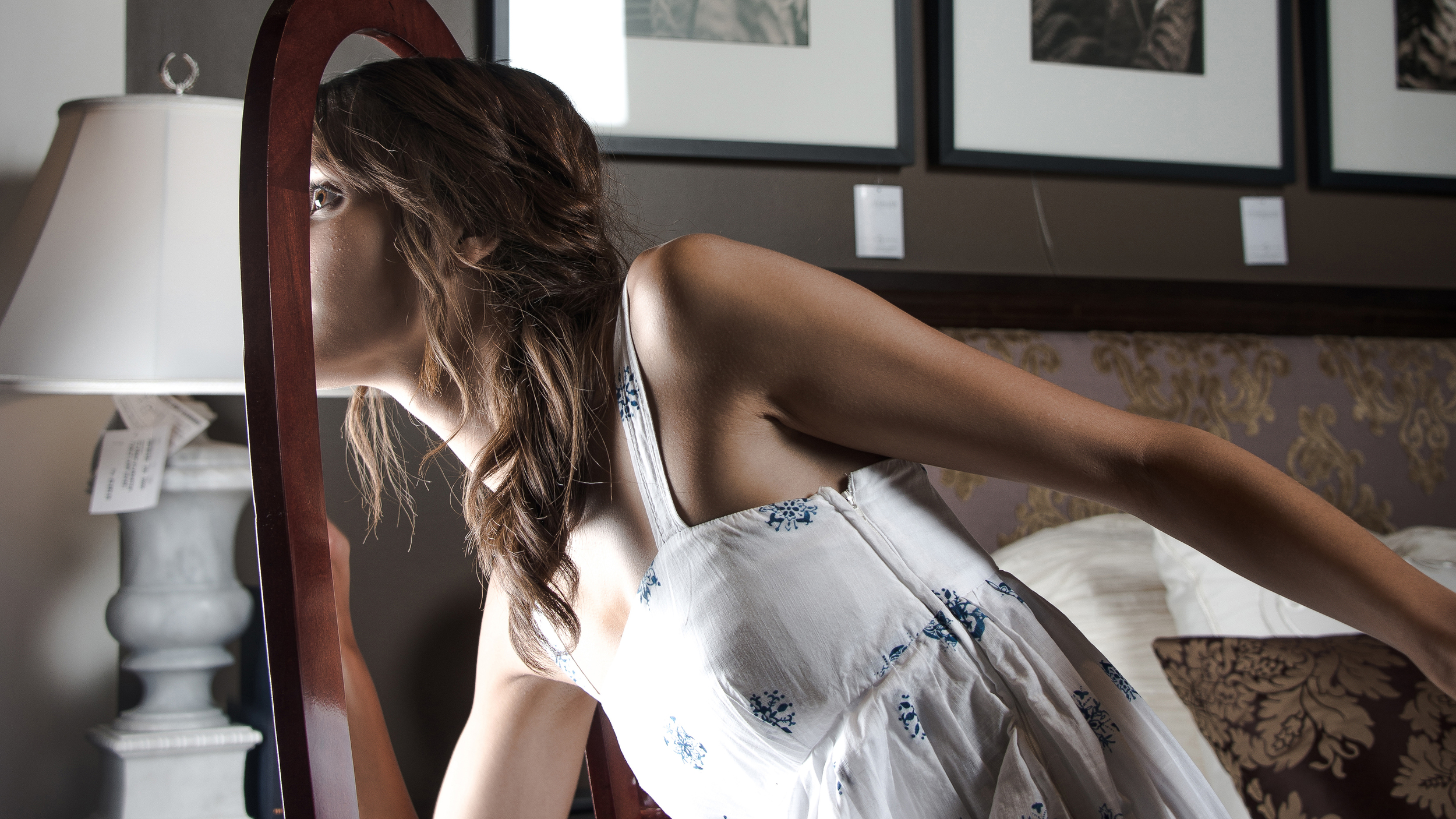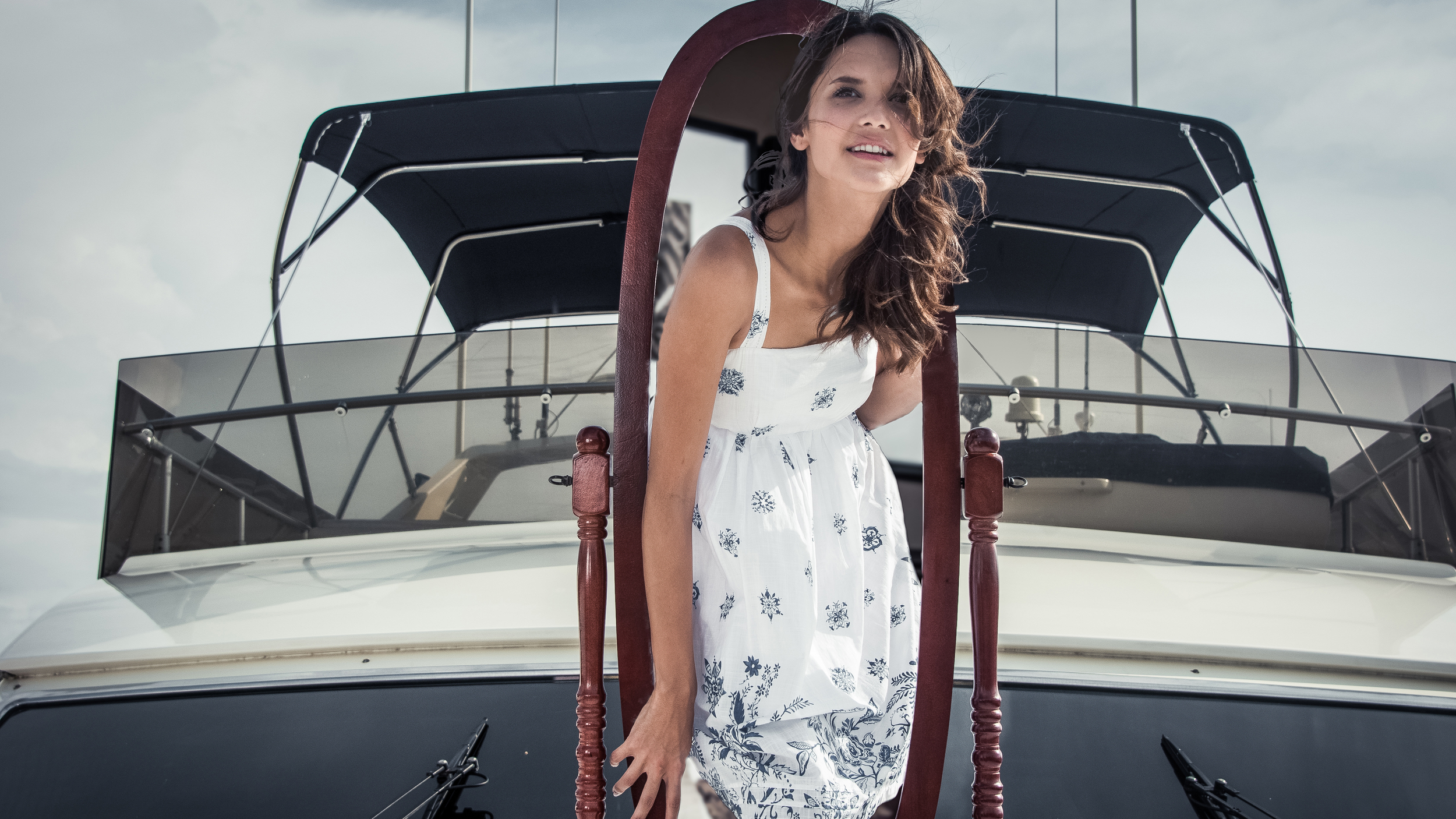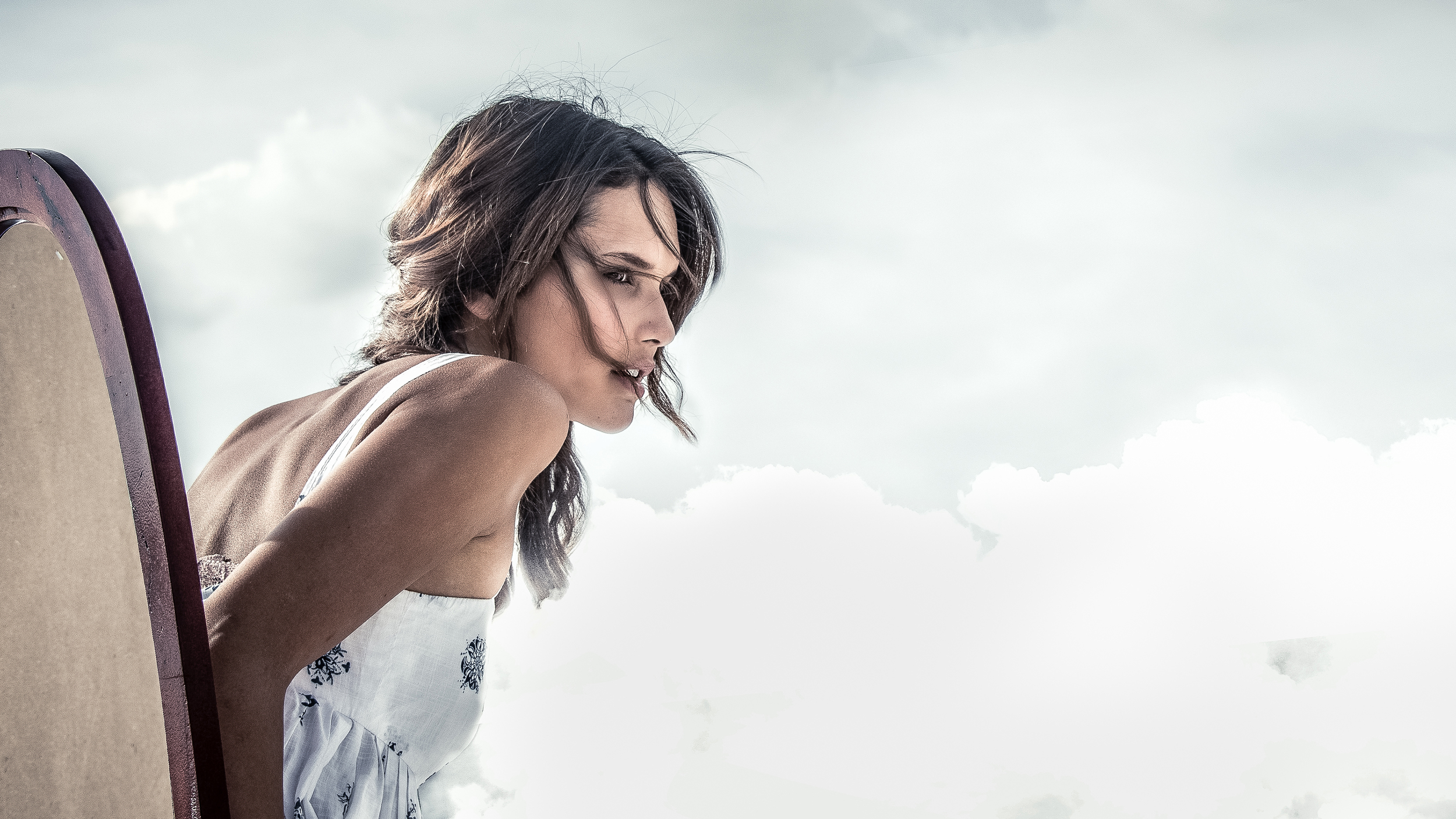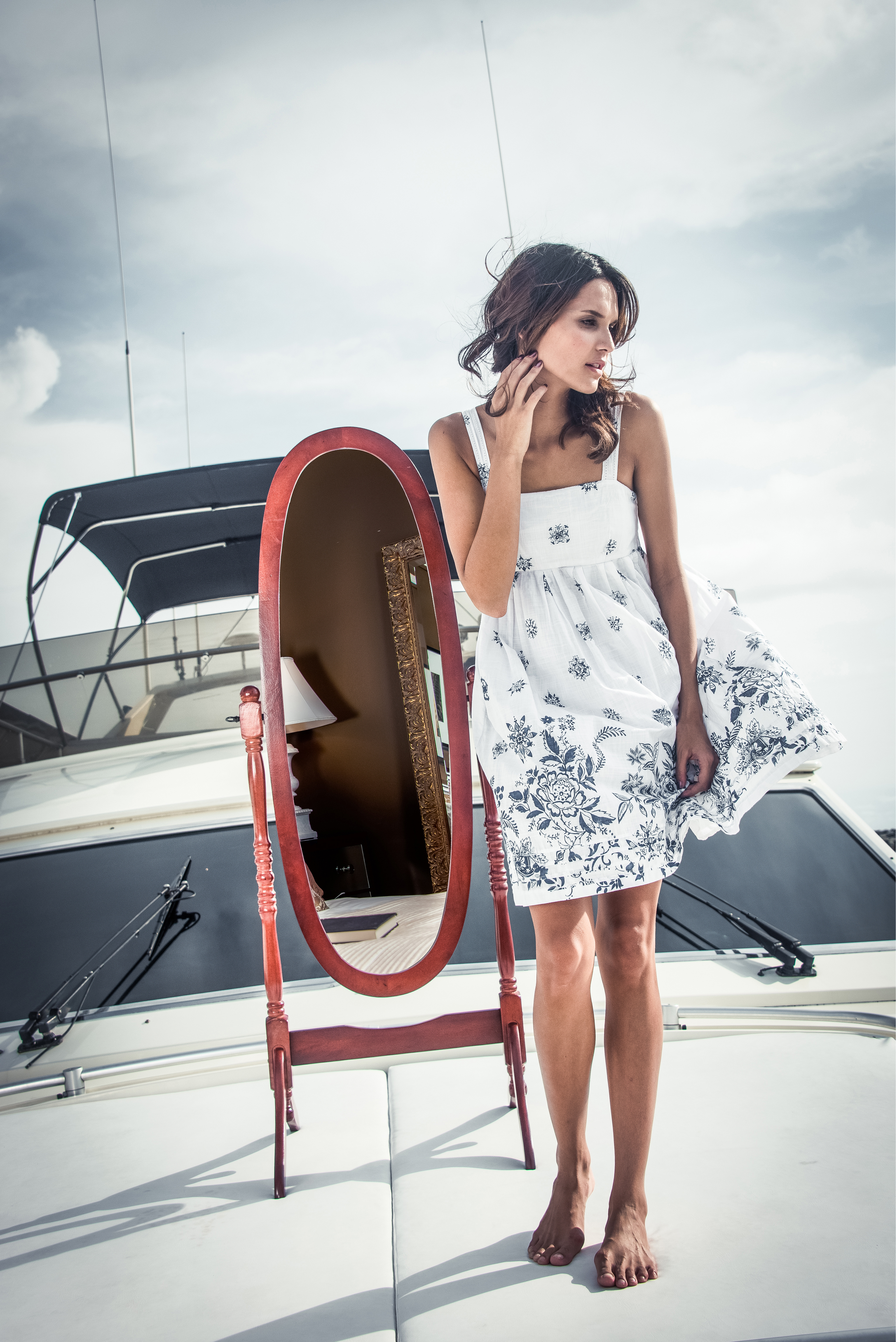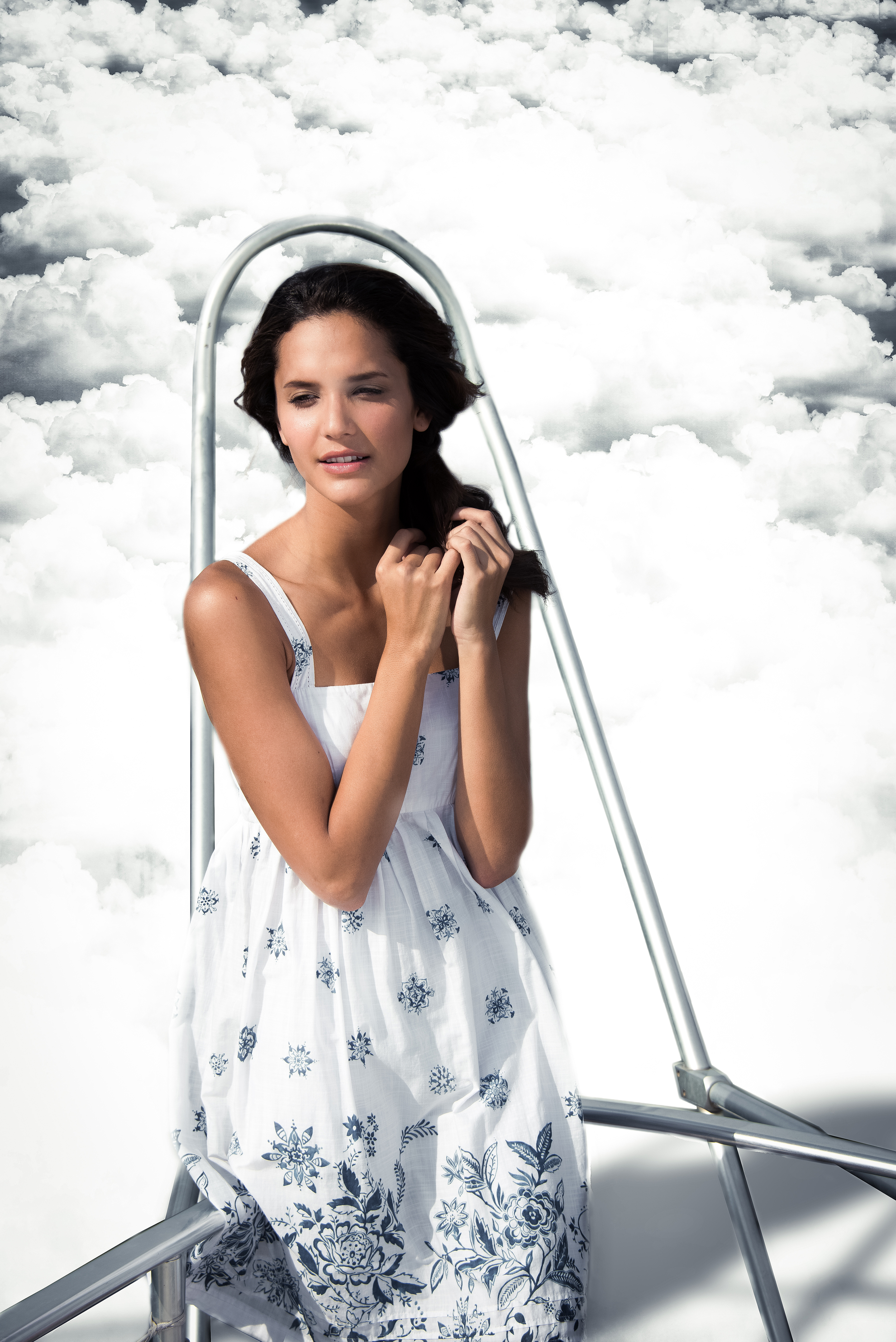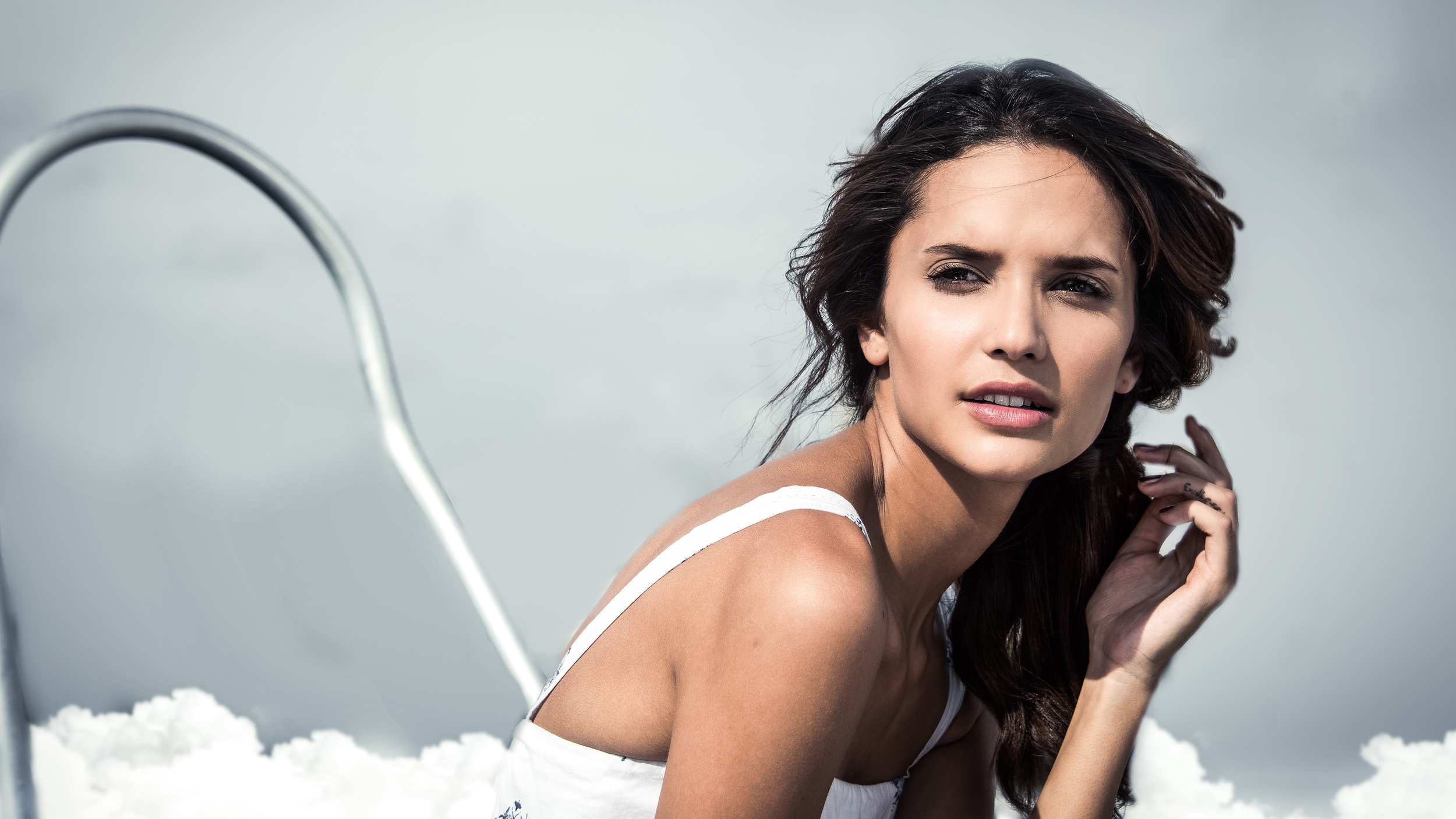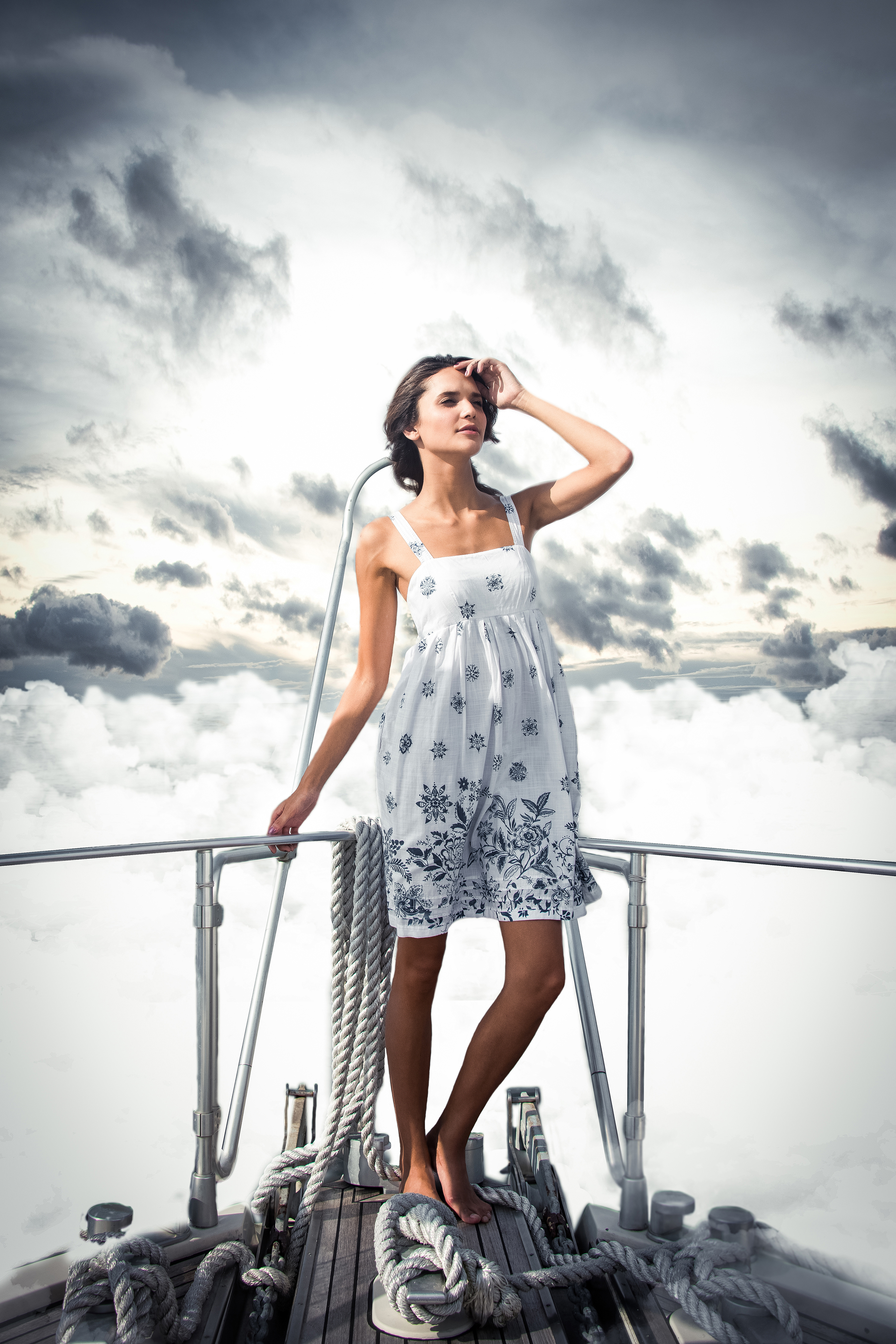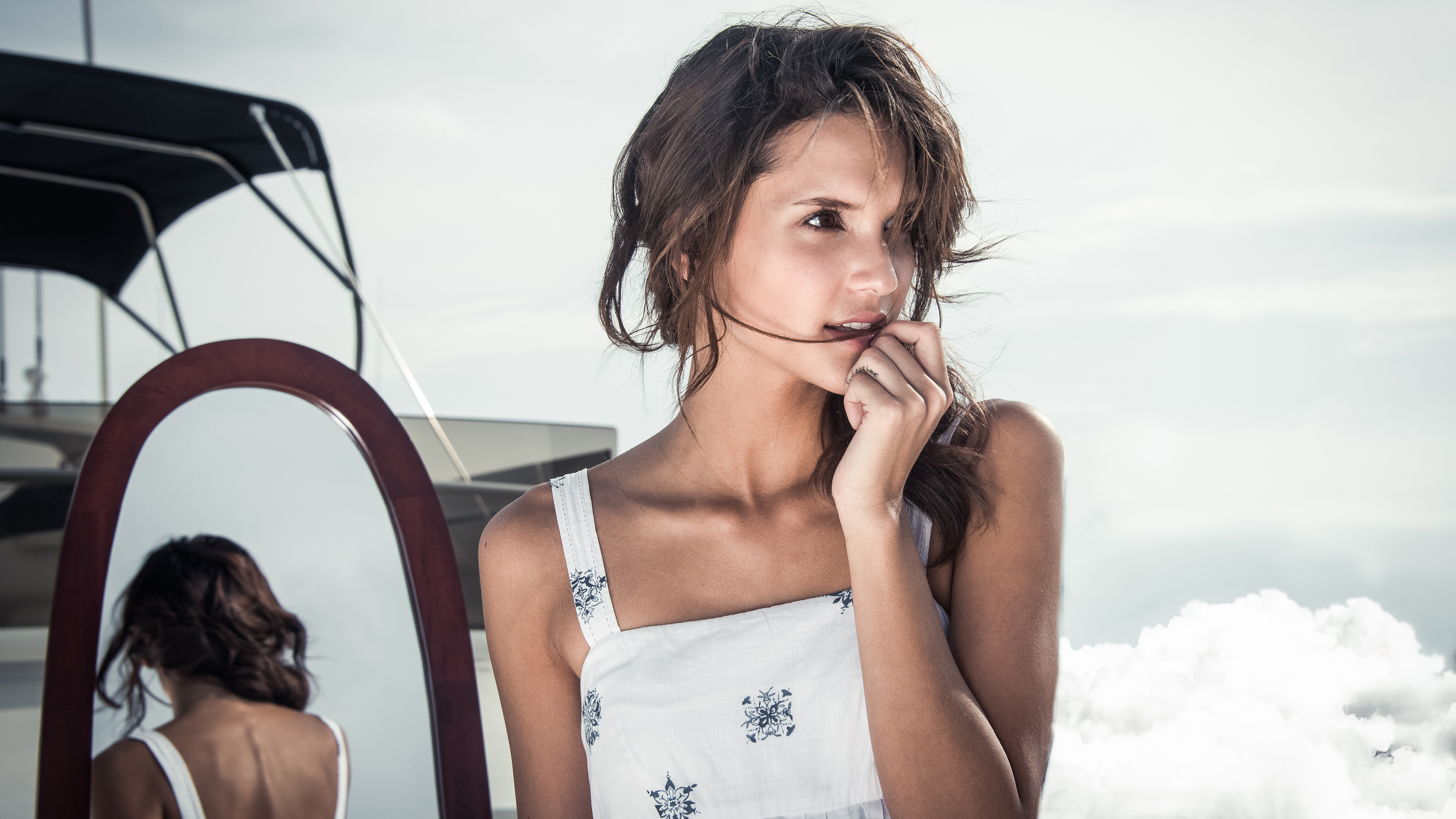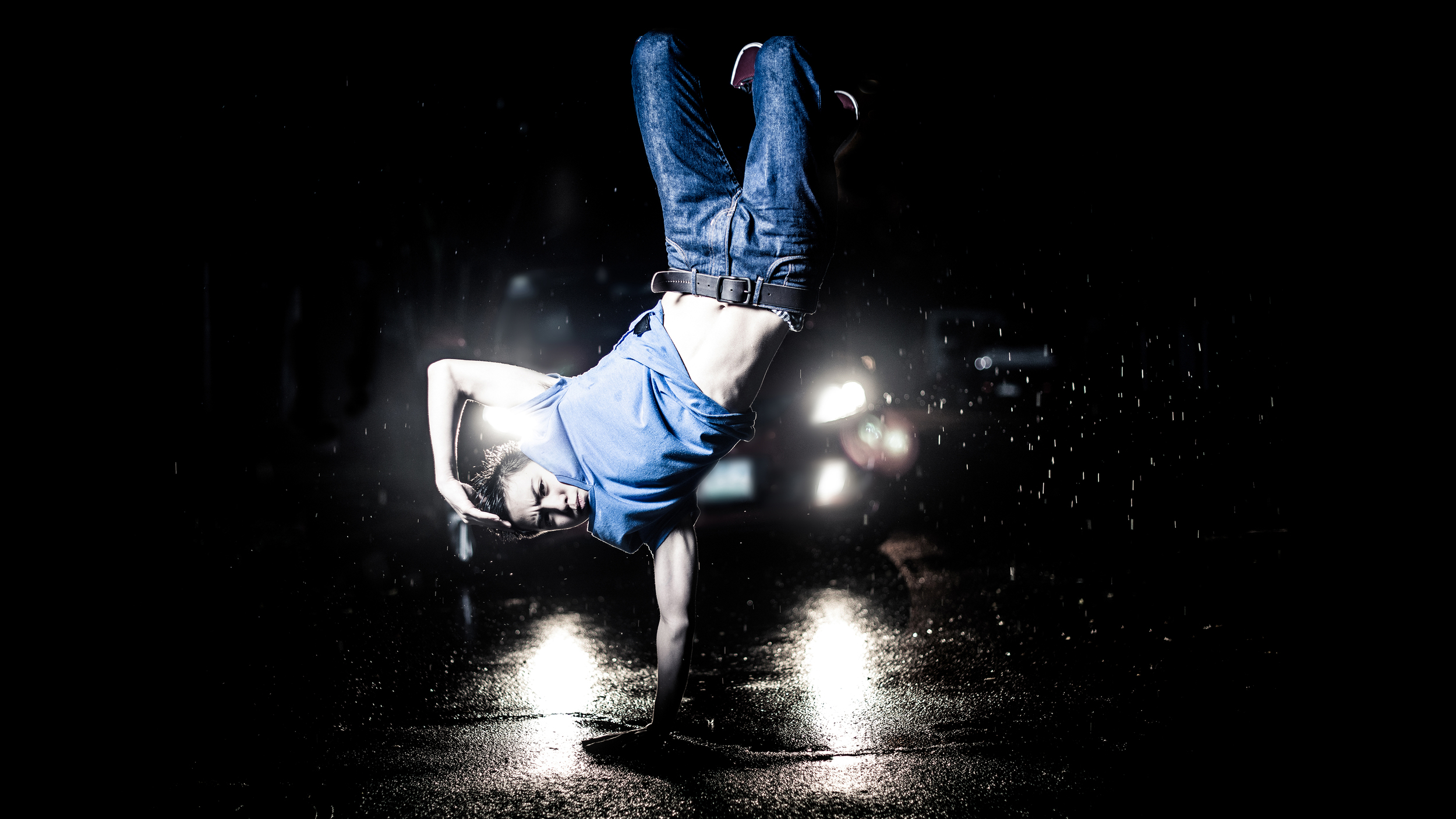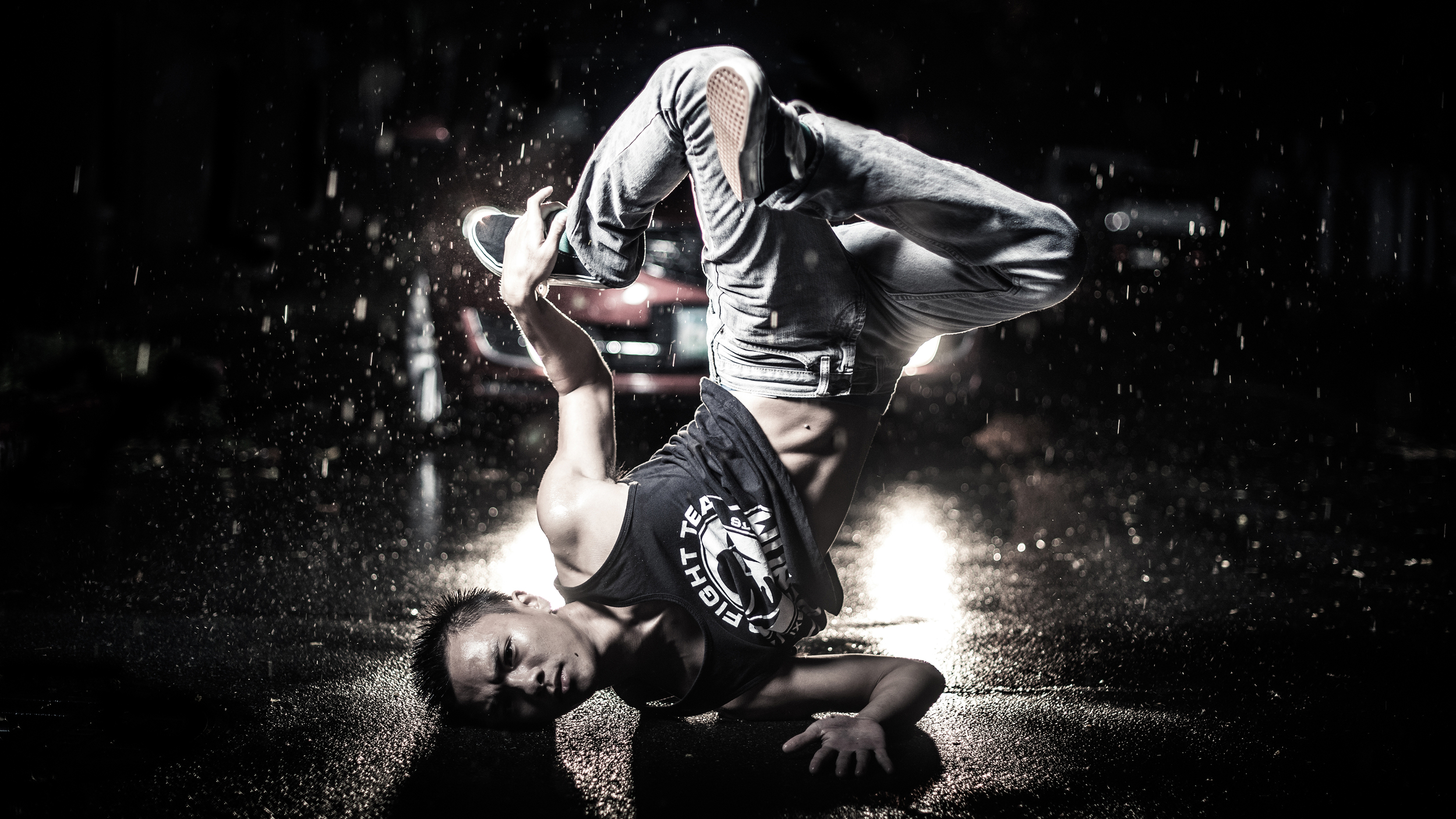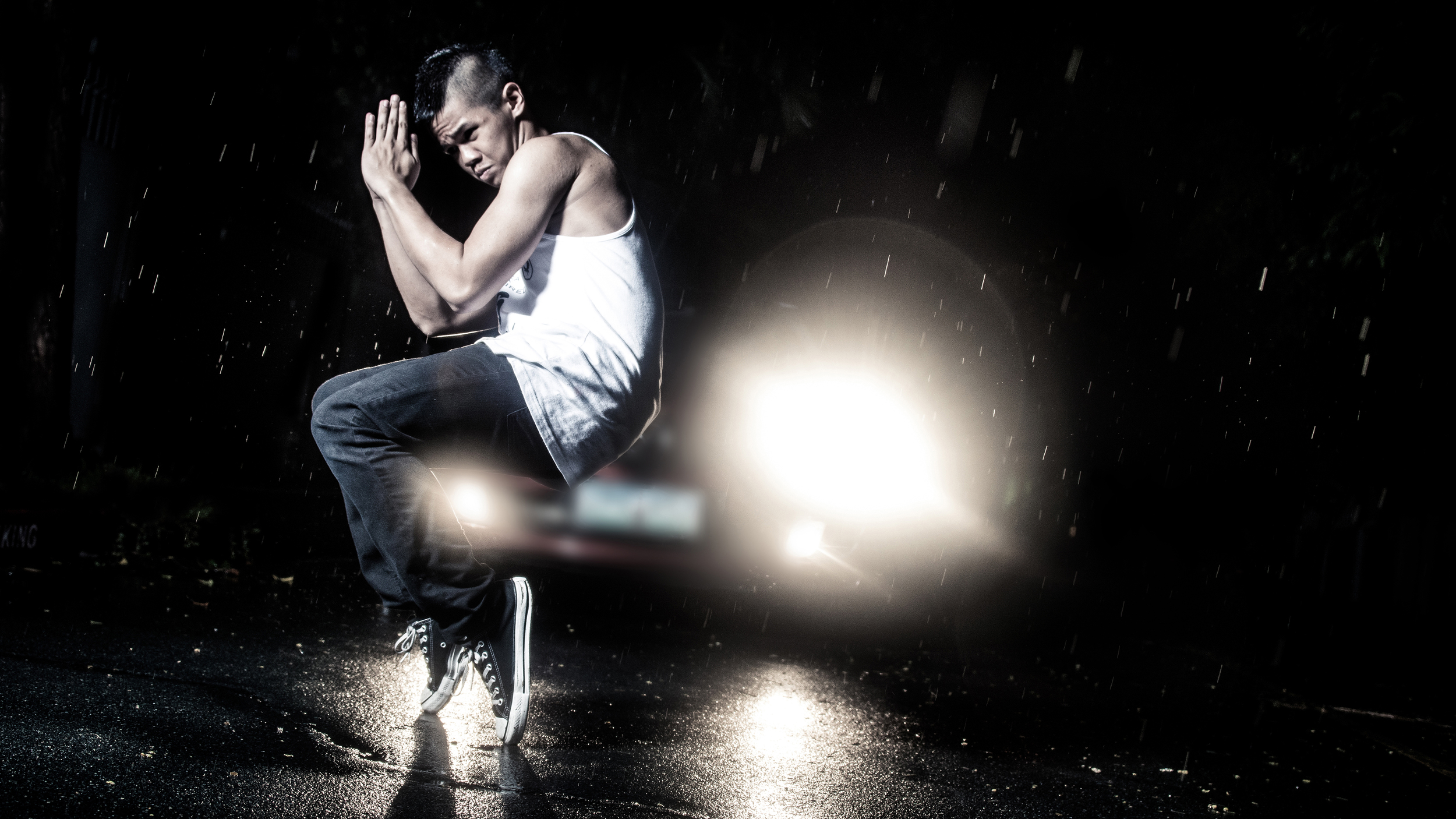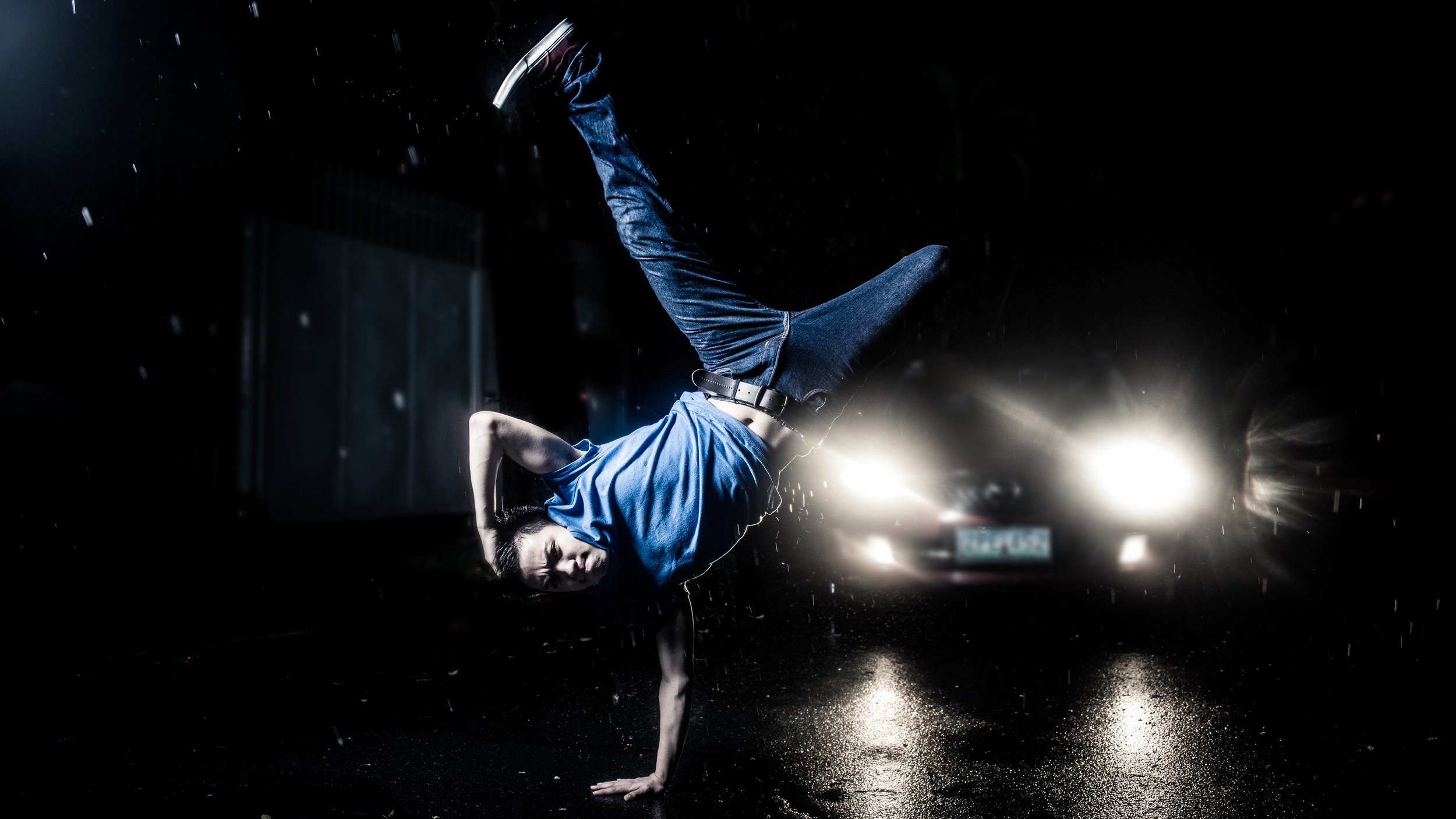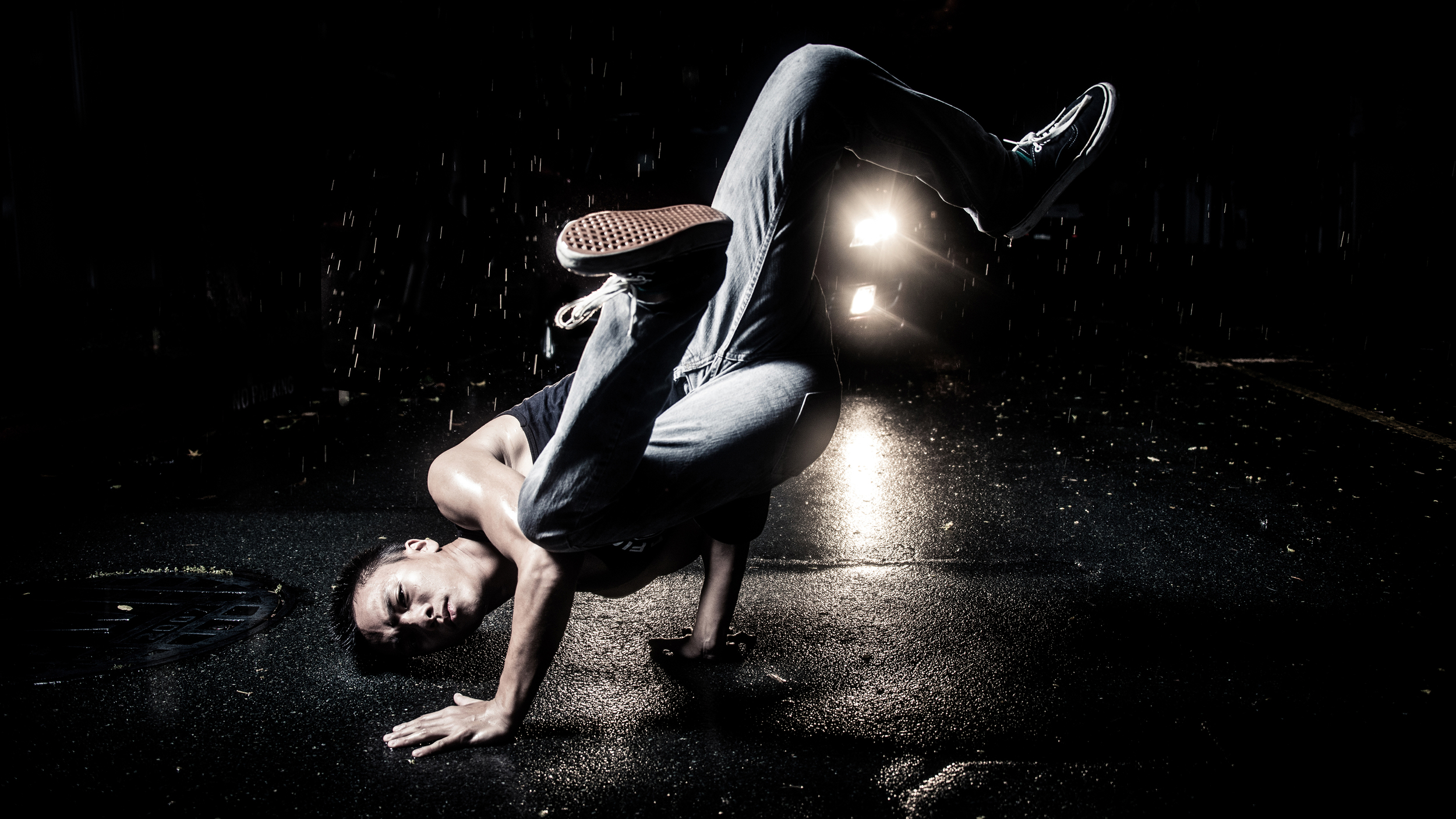Last school year, I took a short class called Photo Intensive here in RISD and was introduced to the work of Gregory Crewdson. It’s not often when an artist’s work catches my attention as much as his . It deeply resonated inside me and thought that I would share it. Gregory Crewdson is an American photographer who creates a whole world with elaborate set designs and lighting. Every move he makes is deliberate and controlled and I think that’s what inspires me the most.
Every light that appears in his photographs are purposeful and planned ahead of time. Therefore, each picture tells a story but a purposeful story which is completely told by the artist. For me, this is what makes his work stand out from the rest.
I am infatuated with the way he creates such a dramatic scene with a lot of tension and emotions. He portrays his idea not only with the model but also with the background equally. In return, his photographs have a very surreal and cinematic feel to them.
He mainly uses a deep depth of field, which can be problematic at times because the photo might turn out too busy. However, he creates focus on his subject using lighting. This is very hard to do and you must first master light and how it affects the body and the scene to be truly successful.
Gregory Crewdson’s work truly inspire my own as a photographer. I still have a lot to learn about photography and I haven’t had the chance to take many classes but sometimes one photo can teach you so much more than a class. His work has truly taught me a lot and gave me a better understanding with lighting and set design.








